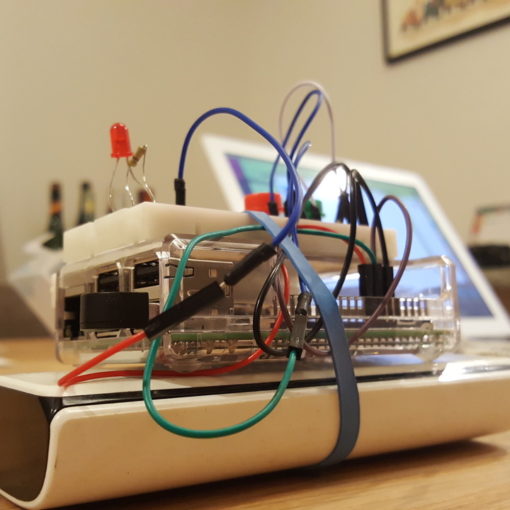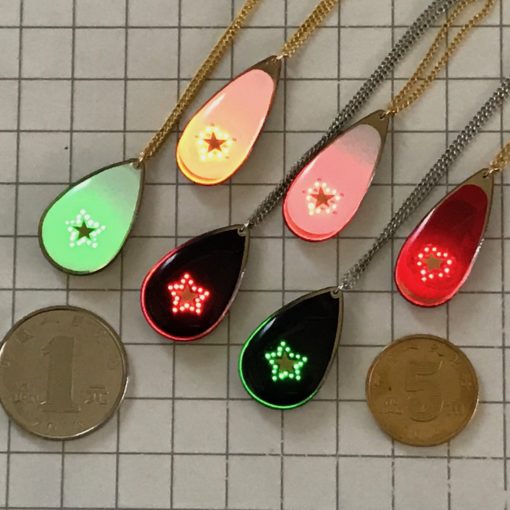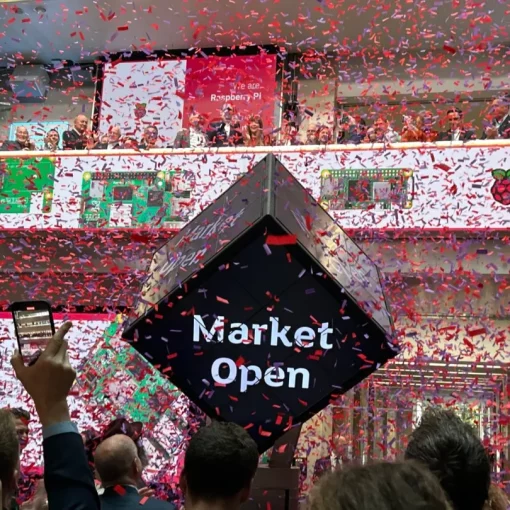Today’s “Startup Spotlight” segment introduces this year’s startup exhibitor—Xiaogui Robotics (Booth No. B28).
Introduction
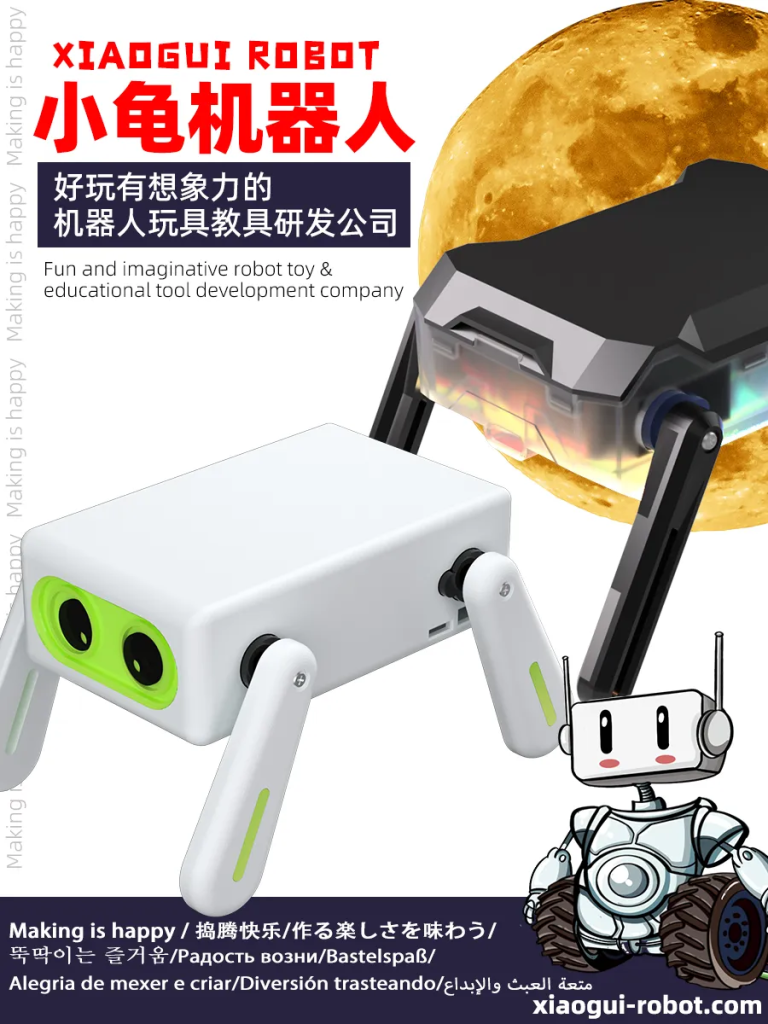
Xiaogui Robotics is a company dedicated to developing educational and entertainment robots. Guided by our brand ethos of “Tinkering for Fun,” we create personalized robots that are both entertaining and educational, offering users a unique robotics experience. We serve those who remain imaginative at heart—whether they’ve never truly grown up or believe they never will. We provide a robotics creation platform to help them build their dream robots more easily and comprehensively.
At this year’s Maker Faire, they’re introducing two new robotic dog models: B4DIY2 and B4KT2. Let’s explore how they differ from the Xiaogui robotic dog you saw two years ago.
Highlight Products
1、B4DIY2
The Xiaogui Robot Dog DIY Starter Edition is their version born for making and grown through making. Over the past year, this product has undergone four major upgrades alongside its visual refresh.

Upgrade 1: BIGTREETECH Motion Engine
Today’s robotic dogs can execute S-curve movements at various angles within compact desktop environments. This not only signifies enhanced motion control capabilities but also means that once assembled, your robot can perform more imaginative control tasks in real-world settings.

Upgrade 2: AI Integration
In the bustling AI world, how could Little Turtle be absent? We’ve introduced the familiar AI voice interaction you’ve been anticipating. But the Little Turtle team, who treat technology as their lifeblood, is now attempting a breakthrough in voiceprint recognition at the AI level. This enables the robot dog to recognize the rhythm of your taps on the table and respond accordingly, becoming your true companion.

Upgrade 3: Maker’s Modifiability
Expandability and programmability remain perennial themes for Makers. The DIY version of the Little Turtle robot dog, carrying on the Maker DNA, has also enhanced its programmability and expandability. For expandability, we’ve reserved three interfaces: – ZH1.5-6P universal expansion port: This supports common protocols familiar to the Maker community, including One-Wire, UART, GPIO, I2C, and SPI (Dual/Quad). This means you can add sensors—including a display—to this little robot dog. We reserved a ZH1.5-2P power expansion port, enabling you to add a wireless charging module. An external speaker port (SH1.0-2P) allows you to connect an 8W speaker for louder sound. In terms of programmability, we recognize that traditional graphical programming no longer satisfies the boundless imagination humans have for robot programming. That’s why we’ve pioneered the concept of agent programming. Leveraging a modular approach, we fragment agent programming through reinforcement learning without altering your programming habits. This lowers the barrier for bringing your imagination to life, enabling true robot personalization.
Upgrade 4: We’ve designed more engaging robot scenarios
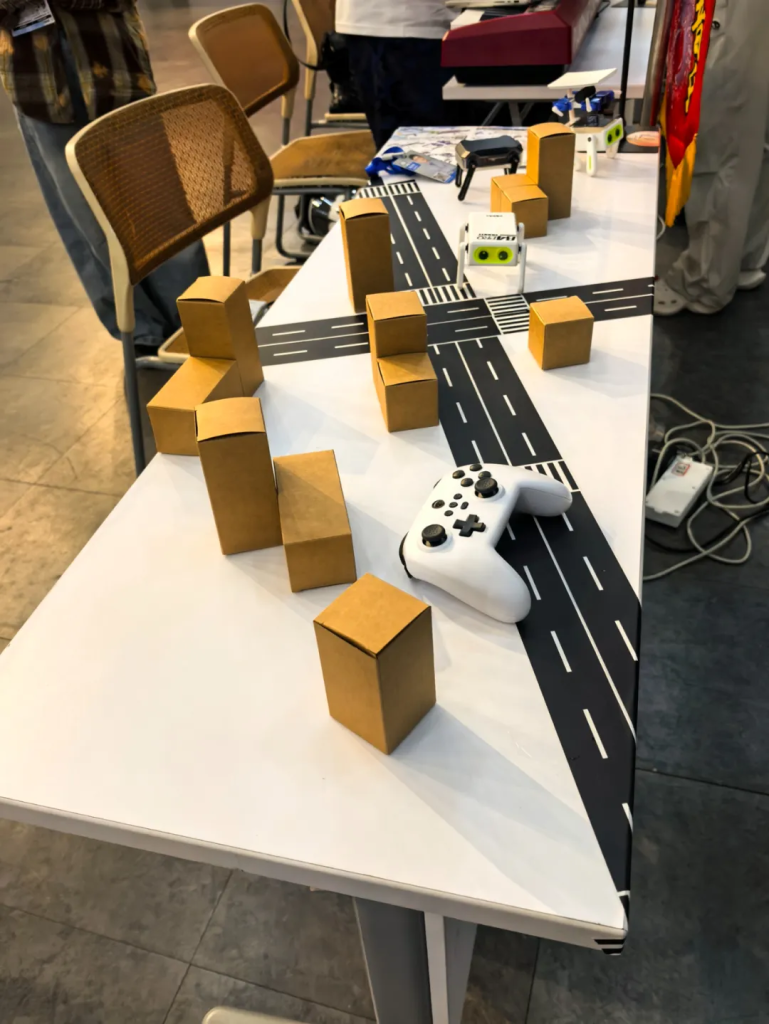
We understand that robots without context are like lonely toys in a post-apocalyptic world. That’s why we’ve crafted diverse scenario worlds for our robots. At this year’s MFSZ, we’ll unveil a richly imaginative scenario universe.
May it spark your creativity and inspire you to design even more scenarios for the Little Turtle robot.
2、B4KT2

KT2 represents a significant evolution for the Little Turtle team, and we envision it as a true robot. For this version, we developed a more flexible servo motor, expanding its range from 270 degrees to a full 360 degrees. This enhanced joint flexibility enables smoother movements and greater environmental awareness. Additionally, we equipped the robot with up to 9 input sensor units and 16 output actuator units.
The Xiaogui robot dog products have obtained certifications including China National Standards, CE, and FCC.

Aiming to promote business connections between professional visitors and exhibitors, Maker Faire Shenzhen 2025 has initiated a new registration channel for professional audiences, which can ensure more efficient exhibition output and provide a good exhibition experience.
Visitor Register for MFSZ25



Over the past 12 years, the development trajectory of Maker Faire Shenzhen can be seen as a microcosm of the development of maker culture in China.
- 2012: “Gathering Small Wisdom, Journeying through the Great Future” – This was the first Mini Maker Faire in China, with less than 1000 attendees, and was more like a gathering within a small circle. But we saw the infinite possibilities emerging from the maker community.

- 2013: The slogan was absent, and the maker community was still small. – In the OCT Creative Park, there were cross-disciplinary exchanges among different creative communities, silently laying the foundation for cultural output.

- 2014: “Innovate with China” – the event was upgraded to the Featured level for the first time, with a significant increase in scale compared to previous years, and the beginning of professional independent forums. This year, makers began to enter the public’s view.

- 2015: “Everyone is a Maker, what are you waiting for?” – This year’s Shenzhen International Maker Week became one of the largest Maker Faires in the world. This year, the concept of “maker” was elevated to a national level, and the trend of “mass innovation, mass entrepreneurship” swept across the country.

- 2016: “My World, My Creation” – As the sub-venue of the National Innovation and Entrepreneurship Week, the event was held for the first time in the commercial center area, experiencing unpredictable weather from typhoons to scorching heat. Many makers succeeded in your entrepreneurial endeavors this year, but it seemed like there were even more failures. The hype around entrepreneurship shifted towards rationality.

- 2017: “Makers, Go Pro” – The event took place at the university campus for the first time, focusing on Maker Pros and providing a platform for diverse innovators and makers to showcase themselves, presenting more possibilities for the growth path of makers to the entire community.

- 2018: “Co-making in the City” – The main venue of Shenzhen International Maker Week, where individuals and groups with shared visions and values gathered to showcase stories, projects, and explorations of collaboration among different communities and people.

- 2019: ” To the Heart of Community, To the Cluster of Industry” – The event was upgraded to the Maker Faire Shenzhen, attempting to attract professional audiences and focusing on pragmatic aspects such as solving the needs of industrial upgrading and co-developin. It aims to build a platform for innovation and industry dialogue and collaboration.

- 2023: “Where Are The Makers?”– Starting from our own mission and values, we aim to explore the future direction of makers and theapossibilities for commercialization. Though this question does not have a definitive answer, we do hope that through this event, we can communicate and share with every one of you, finding more ideas and directions together.

- 2024: “Everything is AI” – This year, we brought together over 120 exhibitors from around the world, attracting nearly 1,500 professional attendees from nearly 20 countries and over 20 provinces across China. The exhibition showcased a wide range of AI application projects and hosted 10 AI hardware-themed satellite events, alongside various workshops.

